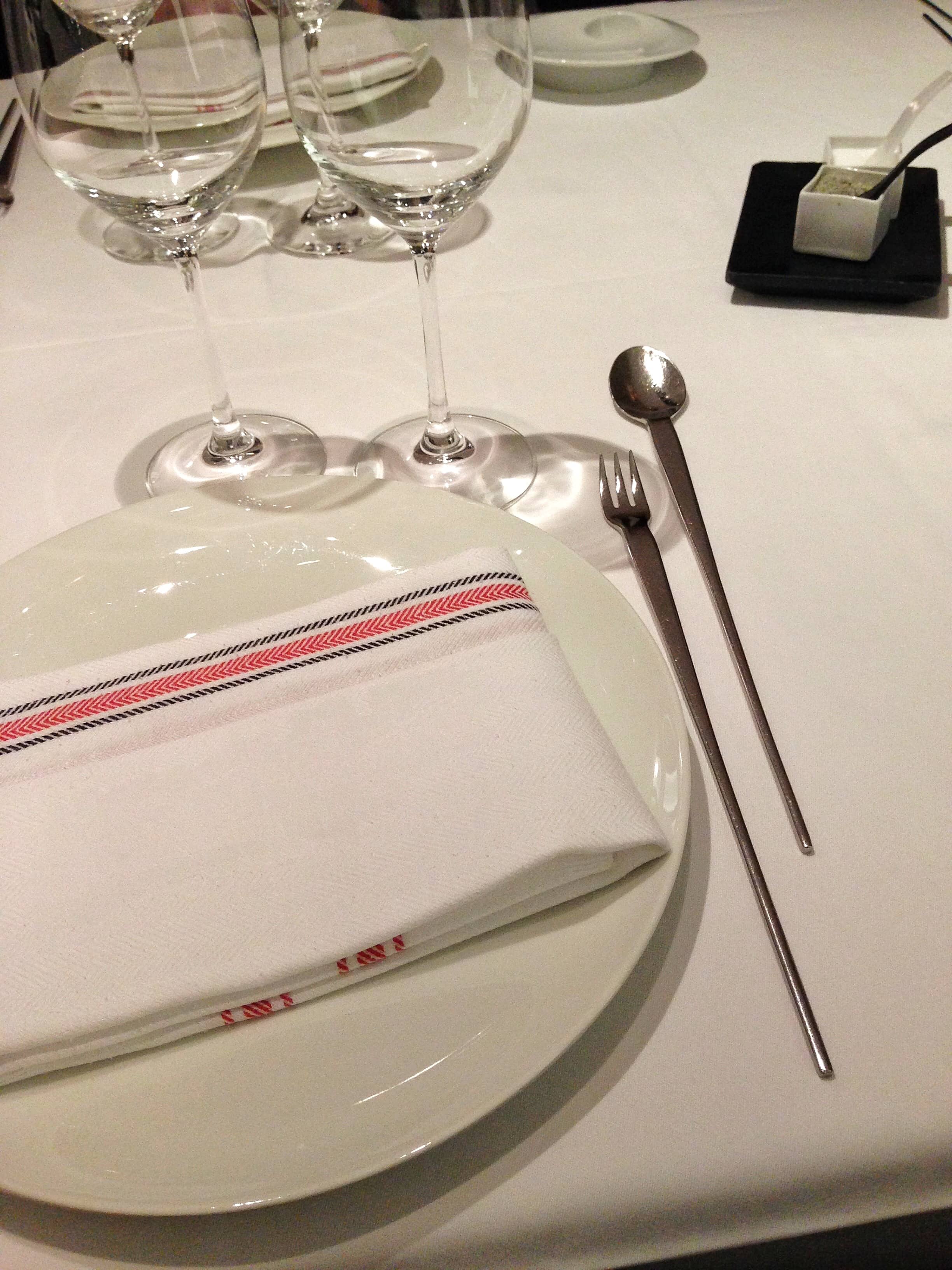
Plus, American vs European vs Southeast Asian Cutlery Cultures.
The past months, most people have been eating in the comfort of their homes without the obligation of being mindful of manners. It’s coming to that point where many need a refresher of how to eat properly at the table with this eating etiquette guide.
Eating Etiquette Tips
- Place the napkin, folded in half, on your lap as soon as you sit down.
- The napkin is there to catch food that may fall on your lap. Use it to dap your mouth and wipe your fingers.
- Wait for everyone to be served before picking up your utensils to eat.
- Chew with your mouth closed and don’t talk with food in your mouth.
- Elbows off the table.
- Don’t reach out for food from someone’s plate without asking.
- Cutlery is there for eating. It is not a weapon. It is not a shovel, so don’t hold it as such.
- Never grip any utensil with a closed fist.
- Never lick the knife.
- The utensils are held in the same hand whether you are left or right-handed. There are differences in how to hold the fork between American and European cultures. That will be discussed below.
- When finished eating, put the cutlery together on the plate, prongs up, in a straight 12 o’clock or 10 o’clock positions.
Comparing Cutlery Cultures
American
The American style of using utensils was first brought over by British colonists. The culture allows the fork to be used in both left and right hands. When using the knife, the fork is held in the left hand with tines down. Use your index fingers to guide and direct the utensils.
When the knife is not needed to cut, the fork is transferred to the right hand where the food is placed on the fork tines up. The fork is held like a pencil.
European
European, or Continental, style of using utensils call for the fork to remain in the left hand. The right hand is for the knife and spoon only. The knife guides the food onto the back of the fork, tine pointing down. The index fingers also act at the pointer and guide for the fork and knife.
Recent etiquette has shown a hybrid between the American and European styles in which the fork remains in the left hand with tines up to scoop up the food when convenient.
Southeast Asia
In Southeast Asia where rice prevails in the majority of meals, the cutlery for eating is primarily the fork and spoon. The spoon is held in the right hand while the fork on the left-hand guides each bite onto the spoon. Knives are not necessary as most of the food is typically cut into bite-sized pieces. If you do need to cut the food, you can use the spoon, or get a knife.
Cutlery Recommendations
Basic 20-piece set, $15.99
Matte black 24-piece set, $34.99
Complete 48-piece set with steak knives, $34.99
Gold-plated 20-piece set, $19.11
Titanium black & gold-plated 20-piece set
Disclaimer: This article contains affiliate links. As an Amazon Associate, I earn from qualifying purchases. With no additional cost to you, your purchases earn me a commission if you click on the links via my website – Thank you!
Sign up for my newsletter on the sidebar for blog updates and my travel insider tips! And, check out my vlogs on YouTube!







